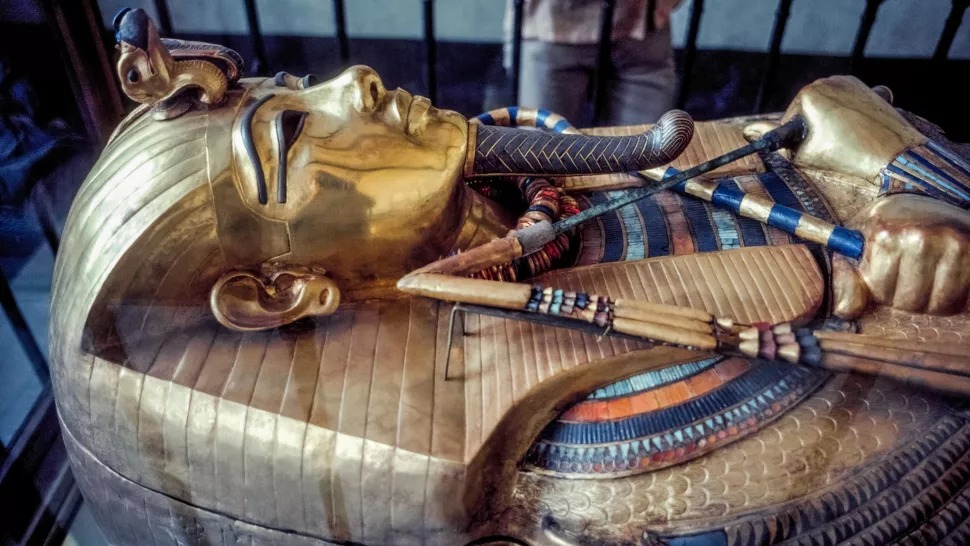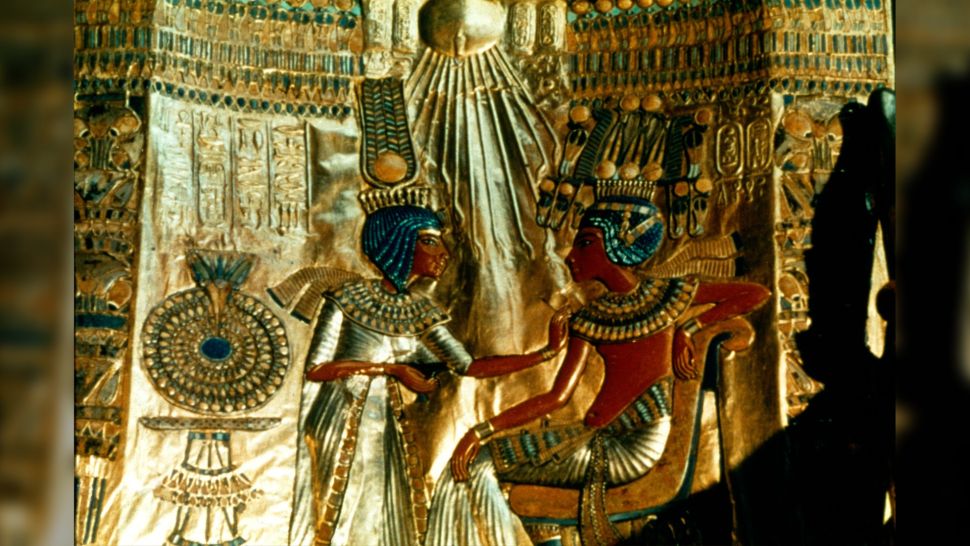The “Boy King” Tutankhamun died sometime between 1327 and 1323 BC, bringing an abrupt end to his life. He died at the young age of 19. His sudden death threw ancient Egypt into turmoil as there was no designated heir to the throne. This unexpected void raised the long-standing question of who came to power after King Tutankhamun.

Pharaoh Ai’s Controversial Reign
Things are finally settled, and a high-ranking royal official, Pharaoh Ai, takes the throne. His title of “Father of the Gods” has led some to suggest that he may have been the father of Tutankhamun’s stepmother, Nefertiti. However, his rise was not without resistance. An old letter reveals that King Tutankhamun’s widow, Ankhesenamun, was determined to oust Ai from the throne, setting off a gripping political drama.

Failed Hittite Alliance and Power Struggle
Seeking to maintain its influence, Ankhesenamun approached the Hittites and asked for a prince to become their husband and ruler of Egypt. The Hittite king was taken aback by such an offer and ended up sending his son Zananza to Egypt, but died tragically on the way or soon after his arrival. Some have suggested that factions opposing the Hittite king may have plotted his downfall, although an epidemic may have been the cause. Despite the letter and uncertainty over Ankhesenamun’s intentions, Ai eventually secured his throne.

Ai’s Legacy and Controversial Successor
Pharaoh Ai’s reign was short but eventful. He had his funerary temple built at Thebes (now Luxor) and his tomb built in the Valley of the Kings. However, his reign ended in a storm of controversy. His independent successor, Haremheb, claimed that the previous reign was full of anarchy and corruption, erased Ai’s likeness and name from his tomb, and called into question ancient Egypt’s violent power struggles after the death of King Tutankhamun.
To this day, the mysteries and intrigues surrounding King Tutankhamun’s posthumous succession continue to fascinate historians and Egyptology enthusiasts alike, providing a glimpse into the complex dynamics of ancient Egyptian politics.






